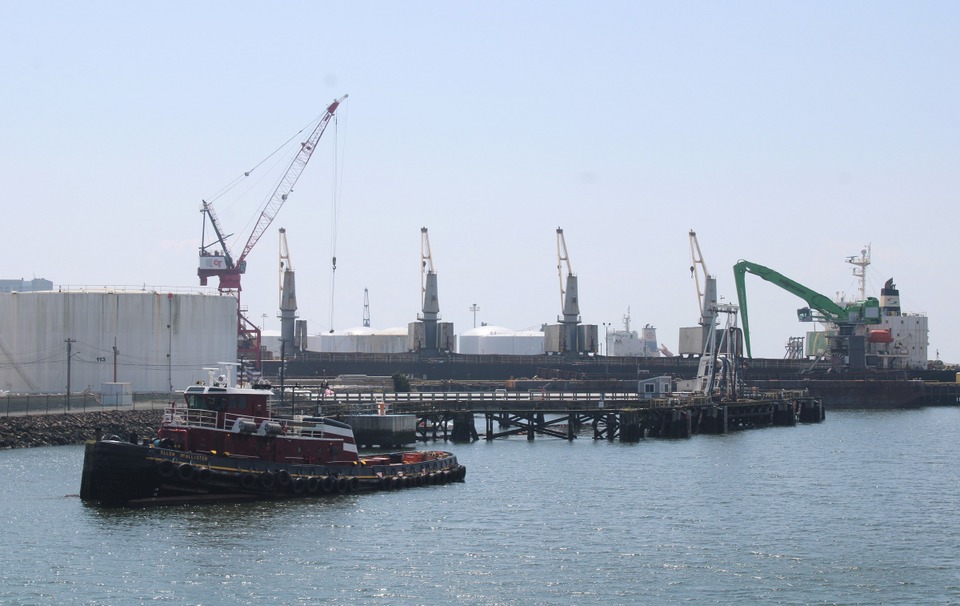There’s a storm brewing that may ruin your holidays.
On October 1 some 45,000 dock workers at 36 different U.S. East and Gulf Coast ports are expected to go on strike, shutting down almost half of all U.S. imports by sea. The effect of such a strike has been predicted to be “cataclysmic”, disrupting the global supply chain.
Remember post-COVID when store shelves were empty, construction delayed, pharmaceuticals in short supply and auto production disrupted? Online orders were delayed and prices soared.
That could happen again, affecting not only you but the rest of the world. The economic effects would measure in the billions of dollars a day. Even a one day strike would take five days to recover from. If a strike lasts a week, the cleanup would last until mid-November. If it drags on for a month, well, we don’t even want to contemplate that.
Though West Coast ports would remain open if there’s a strike (different unions), there’s no way they could handle ships diverted from the East. They just don’t have the capacity.
What kind of imports will be affected? Think food, crude oil, electronics, clothing and, yes, holiday gifts.
Anticipating this strike, shippers have been in a mad dash to boost shipments in recent months. Imports are up almost 13% recently as companies try to build inventories before the ports are closed down. That’s led to a huge backlog of empty shipping containers at U.S. ports which, if they don’t get back to their homes, will mean further delays even after a settlement.
The principles in this standoff are the International Longshoremen’s Assoc. (ILA) and the U.S. Maritime Alliance (USMX). The union hasn’t had a new contract in six years and is seeking a 40% wage boost. But their bigger concern is automation. Understandably, the ILA is worried about its members losing their jobs.
In advanced ports like Rotterdam, Singapore and Qingdao (China) the loading and offloading of containers and their transfer within the port is handled by computers. The U.S.unions claim that isn’t safe.
ILA members make good money: $39 an hour, or just over $81,000 annually. But with benefits and overtime, some New York dockworkers can make $200,000, often working 100+ hours a week.
The ports’ management, USMX, is made up of port operators and the world’s biggest shipping companies. Their interests are in lowering costs and speeding up the operations.
The problem is, we’re about a week away from the strike deadline and the ILA and USMX aren’t talking. They haven’t even met for negotiations in months.
The White House has so far refused to intervene. If the strike is found to endanger national health or safety, the President could invoke the 1947 Taft-Hartley Act and impose an 80-day cooling off period. But the pro-union Biden White House says that won’t happen. Instead they urge both sides to negotiate.
In election years pundits always say “watch for an October surprise,” some unexpected event that changes everything. A dock workers strike on October 1 could be exactly that, though it won’t be much of a surprise.

